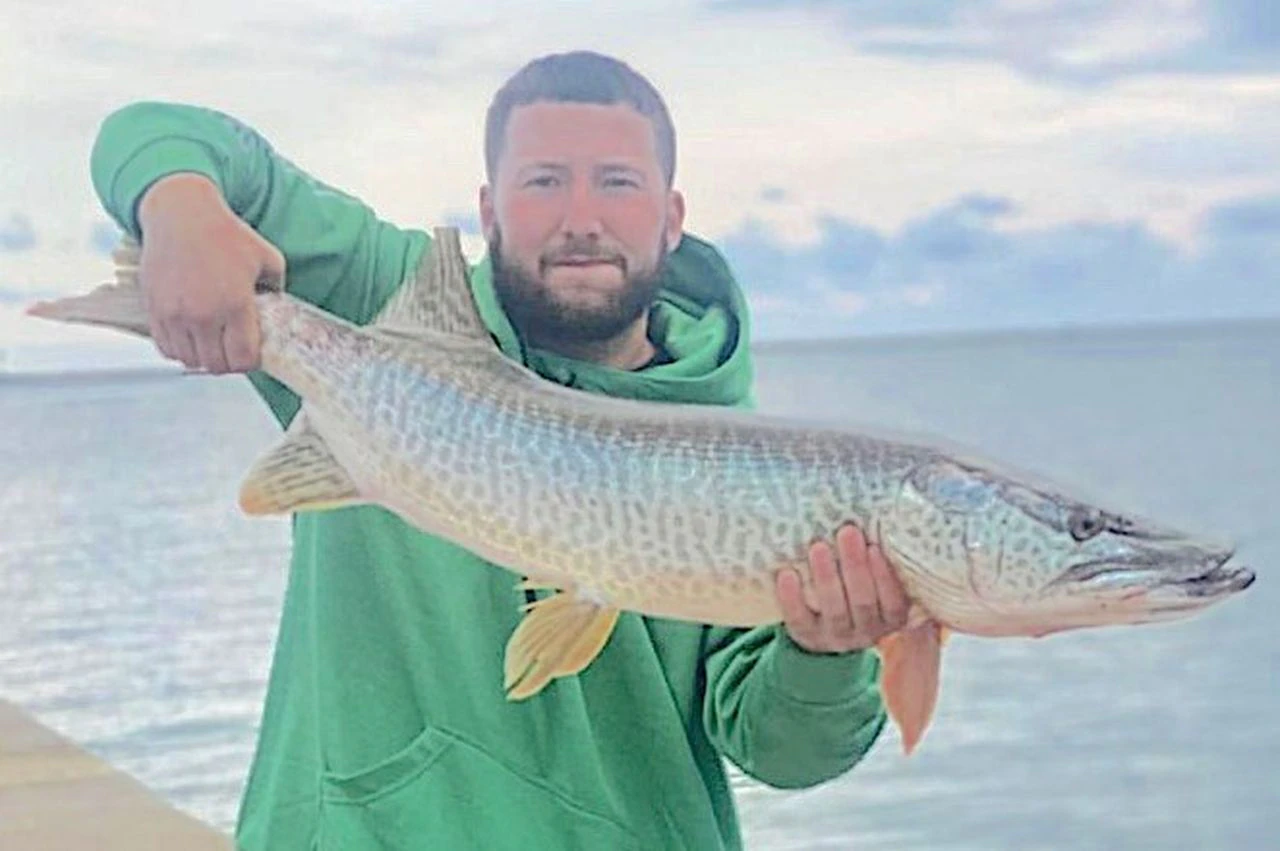The March 2022 UN Environment Assembly also adopted a resolution asking UNEP to support Member States in the development of national action plans to sustainably manage nitrogen, a nutrient in fertilizer that can create aquatic “dead zones”.
Tackling interlinked threats requires sustainable lake management involving the collaboration of stakeholders to ensure sustainable land management and integrated water resources management. Lake Dojran, shared by North Macedonia and Greece, is an example of where such approaches are promoting conservation and restoration.
A recent globally agreed definition of nature-based solutions could help promote environmentally friendly and cost-effective ways of sustainably utilizing the services lakes provide and tackling some of the challenges they face, say experts.
Here are three reasons to protect lakes:
Lakes are a haven for biodiversity

People, plants, microbes and animals depend on healthy lakes and have a special role as stopovers for migratory birds. Lakes are a tremendous source of biodiversity – the library of life on which we all depend for our survival. Six per cent of total biodiversity, or over 140,000 described species, including 55 per cent of all fish, rely on freshwater habitats for their survival. Yet, nature is declining at an unprecedented rate. Globally, around 1 million of 7.8 million species face extinction. Investing in natural infrastructure, including lakes, makes sense.
“Reduction of pressure on biodiversity and ecosystem services in populated, productive and human-transformed landscapes and freshwater systems is a key conservation strategy,” says Making Peace with Nature.
Lakes provide recreation and food

Across the world lakes provide food, support livelihoods, and have recreational and intrinsic value. Lakes support a huge variety of fish, including the sturgeon, which can grow to 6 metres and weigh more than 680 kg.
Some lakes are vital sources of food. Lake Victoria, the world’s second-largest lake by surface area, is a prime example. According to the African Center for Aquatic Research and Education, the lake supports the largest freshwater fishery in the world, producing 1 million tons of fish per year and supporting the livelihoods of 4 million people.
Lakes help fight the climate crisis

Lakes help keep the planet cool and absorb floodwater. Lakes, rivers and wetlands hold 20–30 per cent of global soil carbon despite occupying only 5–8 per cent of its land surface. Protecting and restoring lakes is key to both mitigation efforts and to helping ecosystems and humans adapt to the impacts of climate change.
For instance, lakes have been tapped for their ability to cool cities. Toronto, Canada’s biggest city, has implemented the largest sustainable lake-source cooling system in the world. It uses cold lake water as a renewable energy source.
The UN Decade on Ecosystem Restoration 2021-2030, led by the United Nations Environment Programme, the Food and Agriculture Organization of the United Nations and partners, covers terrestrial, freshwater, coastal and marine ecosystems. A global call to action, it will draw together political support, scientific research and financial muscle to massively scale up restoration. Find out how you can contribute to the UN Decade.
For more information, please contact Lis Mullin Bernhardt: lis.bernhardt@un.org
Credit: Source link































